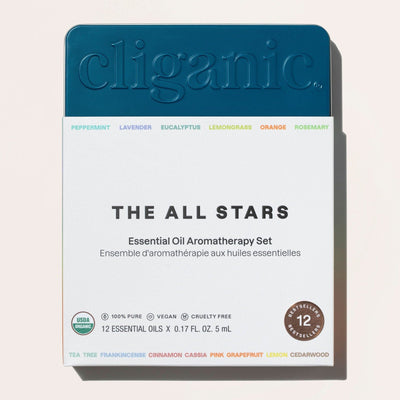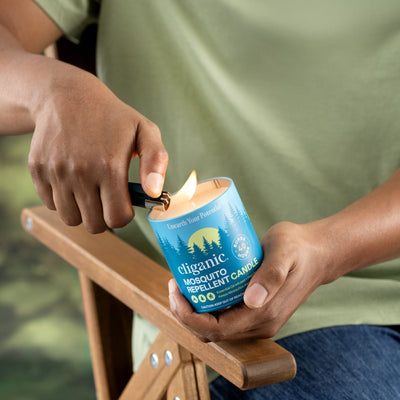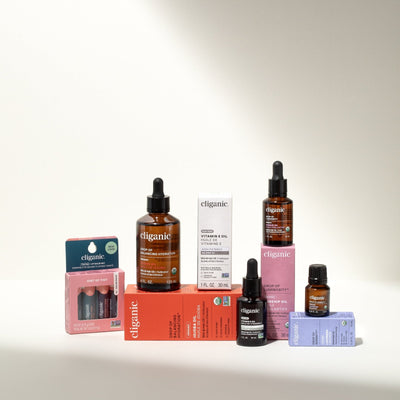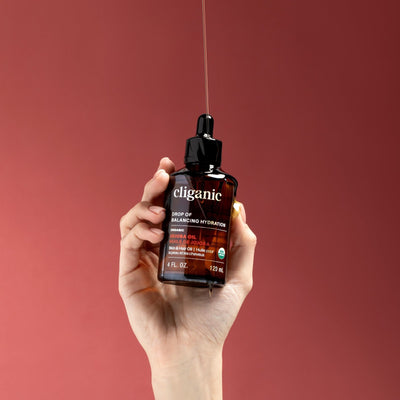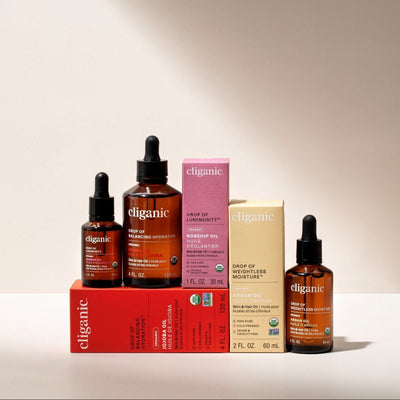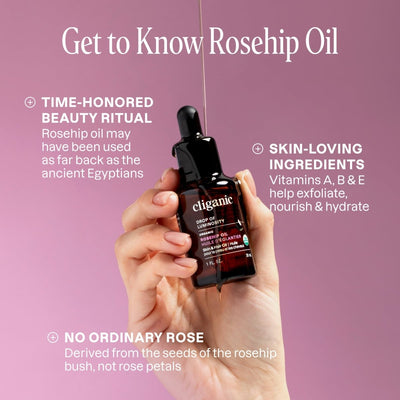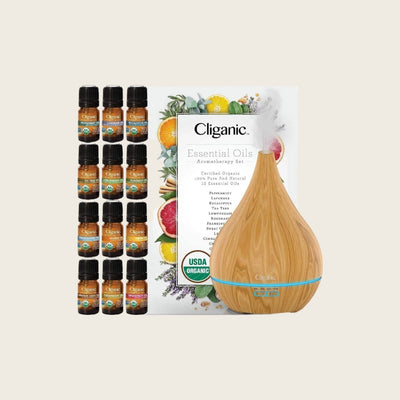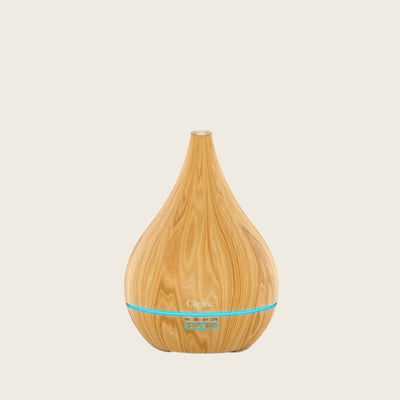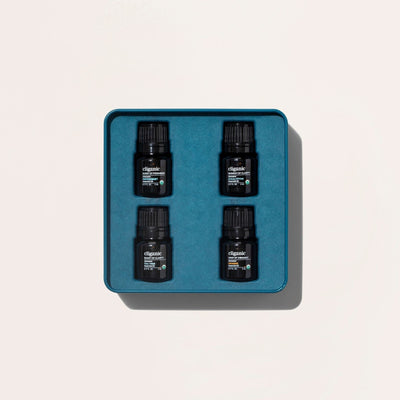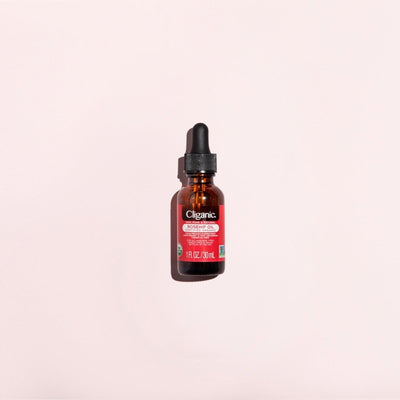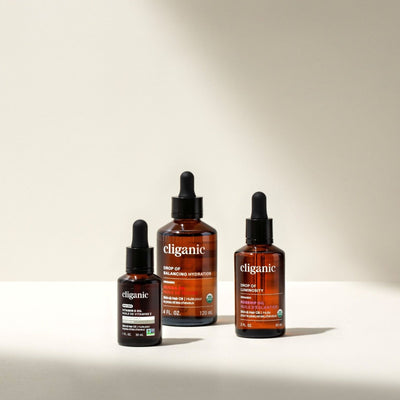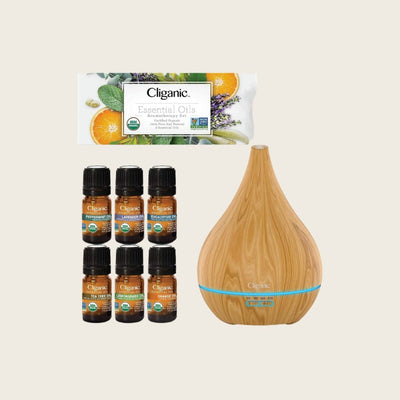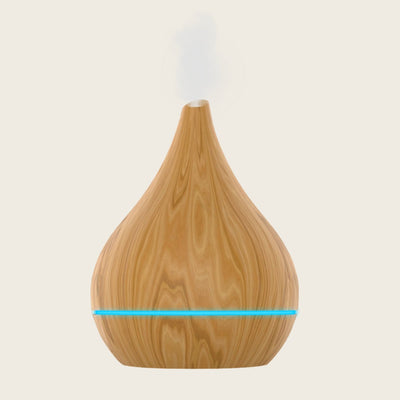25 May 2024
What are Breathwork Techniques? Incorporating Essential Oils for Enhanced Benefits
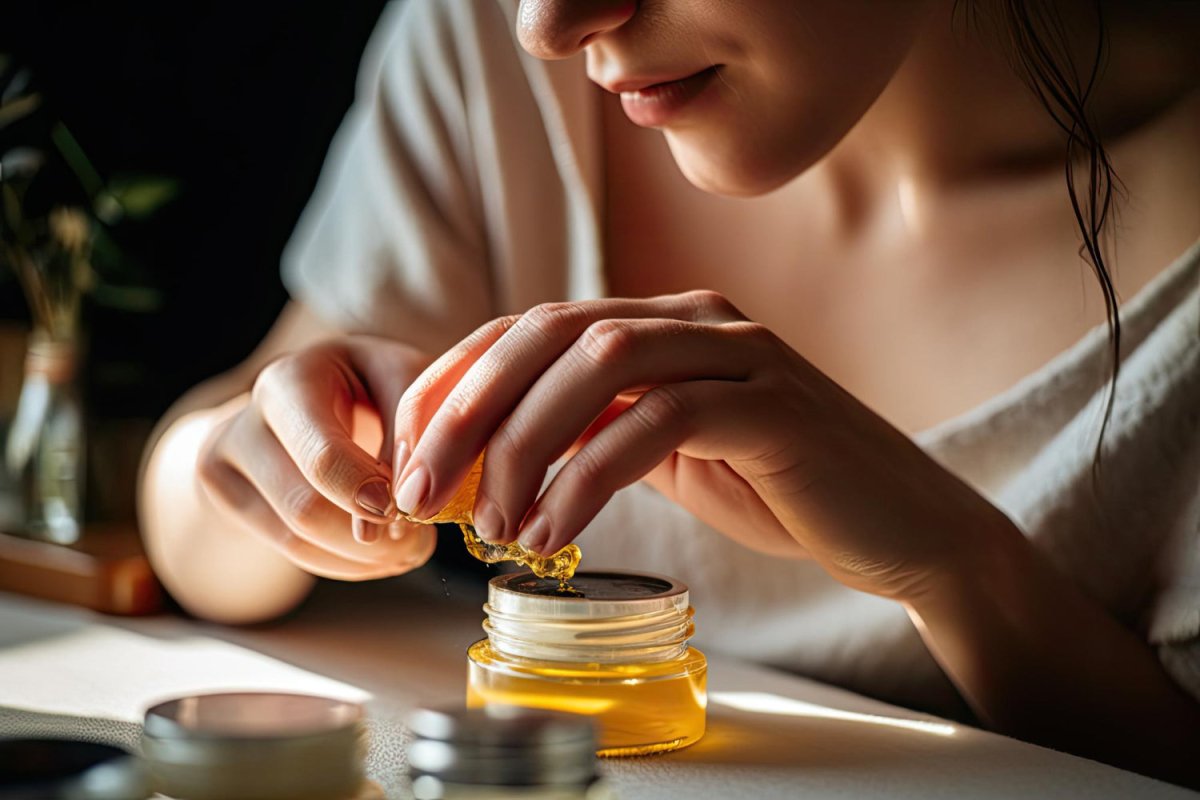
In our fast-paced and often stressful lives, finding effective ways to manage our mental and emotional well-being is crucial. One such practice gaining popularity is breathwork. Breathwork techniques involve conscious control and manipulation of the breath to promote relaxation, reduce stress, and enhance overall well-being. In this article, we will explore the different types of breathwork techniques and how incorporating essential oils can amplify their benefits.
Types of Breathing Methods and How to Incorporate Essential Oils
Diaphragmatic Breathing with Essential Oils
Diaphragmatic breathing, also known as belly breathing or deep breathing, is a fundamental breathwork technique. It involves breathing deeply into the diaphragm, allowing the abdomen to expand fully. This technique helps activate the body's relaxation response, reducing stress and anxiety. Diaphragmatic breathing can be practiced anytime, anywhere, making it an accessible tool for managing daily stressors.
To enhance the calming effects of diaphragmatic breathing, you can incorporate essential oils known for their relaxation properties. Lavender, geranium, and bergamot are popular choices. Simply place a few drops of your preferred essential oil on a tissue
or in a diffuser nearby while practicing diaphragmatic breathing. The aroma of the oil can help create a soothing environment, promoting a deeper sense of relaxation.

Box Breathing with Essential Oils
Box breathing, also called square breathing, is a technique that involves inhaling, holding the breath, exhaling, and holding again, all for equal counts. This technique helps regulate the autonomic nervous system, promoting a sense of calm and focus. Box breathing is often used by athletes, military personnel, and individuals seeking to improve concentration and performance.
During box breathing, incorporating essential oils that promote focus and concentration can enhance the practice. Peppermint, rosemary, and lemon are known for their invigorating properties. Mix 1 drop of essential oil with ½ teaspoon of jojoba oil and apply it to your palms, rub them together, and cup your hands over your nose. Inhale deeply while practicing box breathing, allowing the aroma to awaken your senses and improve mental clarity.
Alternate Nostril Breathing with Essential Oils
Alternate nostril breathing, or Nadi Shodhana, is a yogic breathwork technique that aims to balance the flow of energy in the body. It involves using the thumb and ring finger to alternately close one nostril while inhaling and exhaling through the other. This technique is believed to harmonize the left and right hemispheres of the brain, promoting mental clarity, reducing stress, and enhancing overall well-being.
To deepen the balancing effects of alternate nostril breathing, consider using essential oils that promote harmony and relaxation. Frankincense and ylang-ylang are excellent choices. Mix a drop of essential oil with ½ teaspoon of argan oil to your wrists or temples before starting your practice. As you inhale and exhale through each nostril, the gentle scent of the oil can help create a sense of tranquility and balance.

Kapalabhati with Essential Oils
Kapalabhati, also known as skull-shining breath, is a dynamic breathwork technique originating from yoga. It involves forceful exhalations through the nose while keeping the inhalations passive. Kapalabhati is believed to cleanse the respiratory system, increase oxygenation, and invigorate the body. Regular practice of this technique may improve lung capacity, boost energy levels, and clear the mind.
Kapalabhati, a dynamic breathwork technique, can be complemented by essential oils that invigorate and energize. Eucalyptus and citrus oils, like orange or grapefruit are popular options. Add 2 to 3 drops with water as directed to a diffuser and turn it on before practicing Kapalabhati. The refreshing aroma can enhance the cleansing and revitalizing effects of this technique.
4-7-8 Breathing with Essential Oils
The 4-7-8 breathing technique, popularized by Dr. Andrew Weil, is a simple yet effective breathwork technique for relaxation. It involves inhaling through the nose for a count of 4, holding the breath for a count of 7, and exhaling through the mouth for a count of 8. This technique helps activate the body's relaxation response, reduce anxiety, and promote better sleep.
To promote relaxation and better sleep during 4-7-8 breathing, incorporating essential oils known for their calming properties can be beneficial. Lavender and cedarwood are commonly used for relaxation. Apply a drop of essential oil to your pillow or diffuse 2 to 3 drops of it in your bedroom before practicing this technique. The soothing scent can help create a serene atmosphere, aiding in relaxation and promoting restful sleep.
Closing Thoughts
Breathwork techniques offer a range of benefits for our mental, emotional, and physical well-being. By incorporating essential oils into our breathwork practices, we can amplify the benefits and create a more immersive experience. Whether it's diaphragmatic breathing, box breathing, alternate nostril breathing, Kapalabhati, or the 4-7-8 technique, combining these techniques with the appropriate essential oils can enhance relaxation, focus, balance, and overall well-being. For more ways to use essential oils, check out this article: DIY Salt Scrub with Essential Oils.



